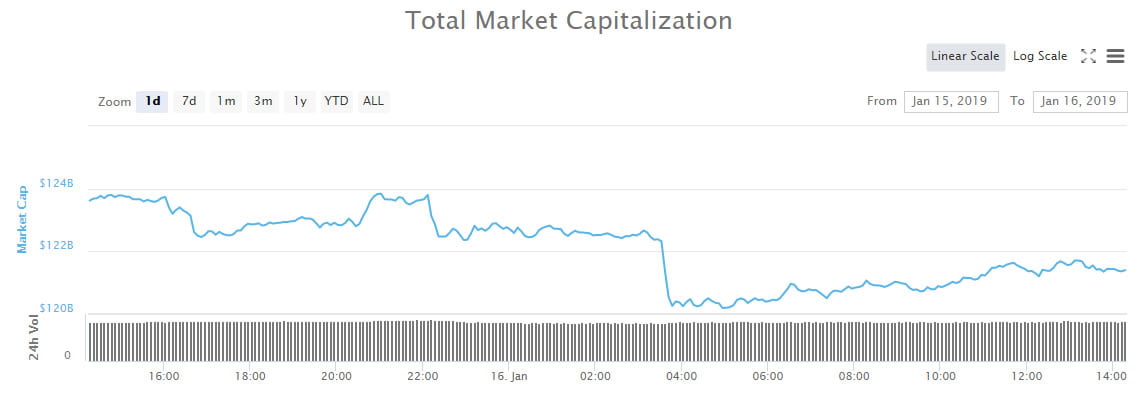2019-1-19 04:04 |
A relatively stable month for crypto prices has emboldened many commentators to suggest that the coming months would see a renewed push back to its erstwhile hights.
However, this view has been countermanded by a few economists who believe that the prices should fall further before bouncing back, as per existing economic models. Somewhere in the middle is Sterling Witzke, a partner at the Winklevoss Capital.
No Miracles ExpectedAt the recent Crypto Finance Conference held in Switzerland on the 17th of January, Witzke remarked that she did not think this year would be the year that institutional investors would get onboard to giving crypto assets a look. This is partly due to the incredible bull run of 2017-18 when prices hit as high as $20,000.
As prices tumbled through most of last year and stability was scarce, institutional investors were understandably allergic to investing in crypto. In fact, this explains the great reluctance of traditional capital investors to embrace innovation in general.
Discussing her outlook she explained “Because the end of 2017 was so crazy, people tend to think the space moves at lightning speed. At the level of underlying [technological] development, it [usually] does. But I think it takes a while for institutions to get comfortable. There needs to be better custody, healthy debt and credit markets to get [them] really excited. So I don’t think 2019 will necessarily be the year.”
Boring Is GoodThus while many investors have made cautious probing efforts, that is all that one should expect for the time being. Witzke reasons this is down to primarily two issues: A lack of regulatory clarity and concerns over security. Both issues have been widely discussed in the crypto circles, especially in the United States where maximum innovation was expected.
It is interesting to note that the Winklevosses crypto exchange, Gemini has focussed at strong ad campaign which on regulation and compliance. This received a fair bit of criticism from some quarters who pointed out that this push for government intervention is the opposite of the original peer-to-peer ethos espoused by blockchain.
Addressing this concern directly Witzke explained that the regulations are needed to get the industry at par with other traditional investment opportunities.
“The distinction comes between the protocol layer and the companies and applications that are built on top of it. At the protocol level, it’s absolutely correct you don’t need more regulations or rules because those are already built in,” she added.
This expands on regular reports form economic and industry experts who opine that in order to get the crypto industry to the levels of being considered an asset class, it needs the faith of institutional investors. While purist has bemoaned the increased focus on just the commercial aspect of this sector there is little doubt its survival depends on it.
The Winklevoss brothers have tried to shift the focus towards stability and security, something that was also echoed in the words of a Bitcoin Associations board member Luzius Meisser, who commented:
“stablecoins are a precondition for average companies to bring their equity onto the blockchain.”
The start of the year might be too early to make any predictions, lessons from last year must be understood in the correct context to drive this nascent technology.
origin »Emerald Crypto (EMD) на Currencies.ru
|
|




















